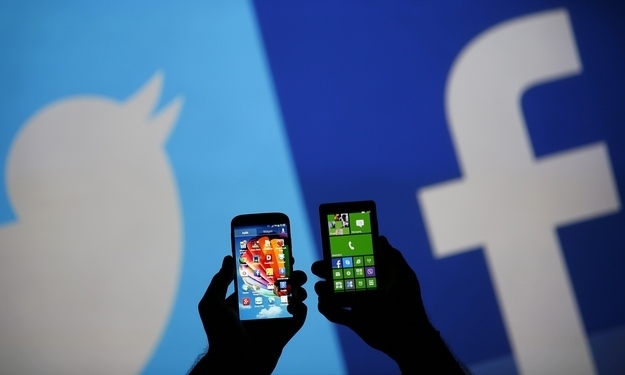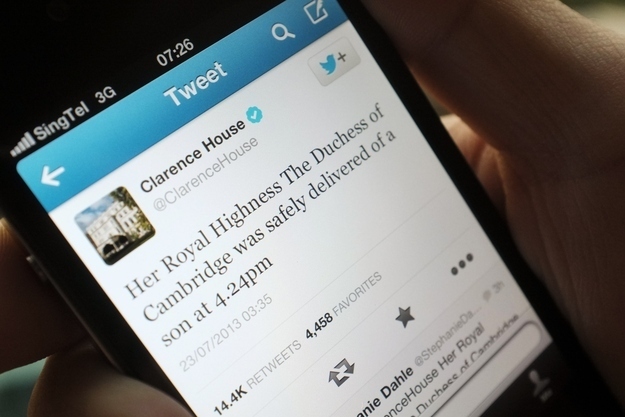
Traditionally, the process of going public has been a reward for years of hard work, allowing a company's employees and investors to cash out stock options for some liquidity.
But times have changed, and Twitter — which finally announced that it is filing to go public in a tweet yesterday — is part of a new breed of tech companies in the post-IPO-frenzy era that aren't going public to make its employees rich. Rather than quickly cashing out via an IPO, companies like Facebook and Twitter have taken nearly a decade to go public. For them and others, an IPO is less about cashing out investors and employees and more about raising money to invest in future growth, as a top former Twitter executive has long echoed in earlier discussions with BuzzFeed.
That's not to say that this wouldn't be a liquidity event, as IPOs usually are. But there are alternative ways to generate liquidity for investors and employees, if they seek it, through major financing rounds. Twitter, for example, sold $300 million in shares to Saudi Prince Alwaleed bin Talal prior to going public. Many companies today also offer orderly liquidity programs that will allow employees to sell off a small part of their stake over time.
For its part, Twitter will likely use its IPO proceeds to continue its acquisition and hiring spree. The company has not been consistently profitable this year due to its investments and acquisitions, according to a report in The New York Times. Twitter has raised more than $1 billion in the form of venture capital and other financing rounds.
Here's a look at how Twitter will likely use its IPO proceeds heading into 2014.
First off, Twitter has to grow.

While Twitter has more than 200 million users, Facebook already has more than 1 billion, and the two companies are essentially vying for the same eyeballs. That has become more obvious as Facebook makes a bigger push to control part of the conversation surrounding live events, an area that Twitter has long dominated. Essentially, being the place where conversations about a live event happen affords Twitter the ability to sell targeted advertisements related to that conversation.
A few hundred million is good, but a billion is even better. So Twitter needs to continue to scale its user base in order to continue building its case to advertisers. That can be done organically — by basically hiring the best developers and designers to build a better product that attracts more users — or through alternative means, but both of them cost money. Twitter also recently doled out stock grants to get key employees to stay heading into and following the IPO, according to AllThingsD. But there's much more it can do with additional capital.
Twitter has shown a willingness to acquire what it needs.

In the past several months, Twitter has spent a small fortune shoring up its advertising case by buying several startups. It bought Bluefin Labs, which helps it better track Twitter activity around TV events — something it can use to help prove to advertisers that it will be able to turn advertisements into product purchases. It bought MoPub, a mobile advertising platform, to shore up its mobile advertising for $350 million, per a report from TechCrunch.
These acquisitions are not cheap, and being a public company affords Twitter the ability to not only have extra cash to buy companies, but also to use stock options to sweeten the deal — much in the way Facebook was able to woo Instagram for what was at the time $1 billion (and is worth even more now).
Finally, Twitter needs people to convince advertisers.

Going public successfully gives Twitter a healthy stock price and the confidence of Wall Street — which gives it more of a position to woo executives who know how to navigate Madison Avenue (in addition to the cash to hire them). Twitter has also been on a hiring spree for these individuals, most recently landing Nathan Hubbard — who will specialize in working with merchants to help them better sell products through Twitter.
As good as the product is, Twitter still needs the "adults" to convince top executives at companies like Gap, Oreo, and other massive-but-slightly-less-techy companies to invest their ad dollars in Twitter rather than traditional outlets like TV — or even recent upstarts like Facebook.
